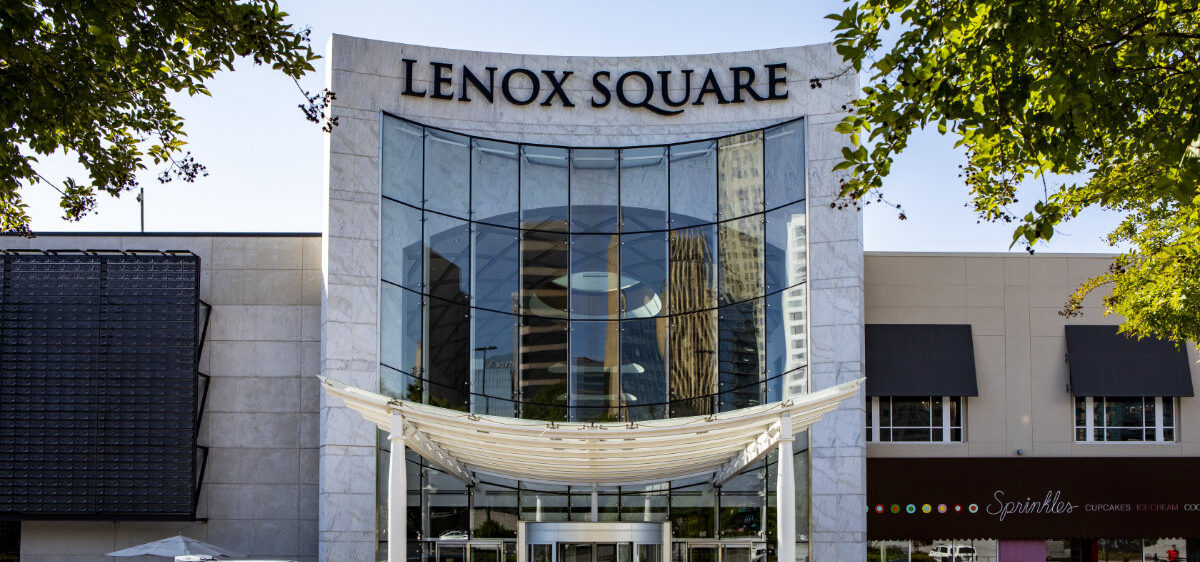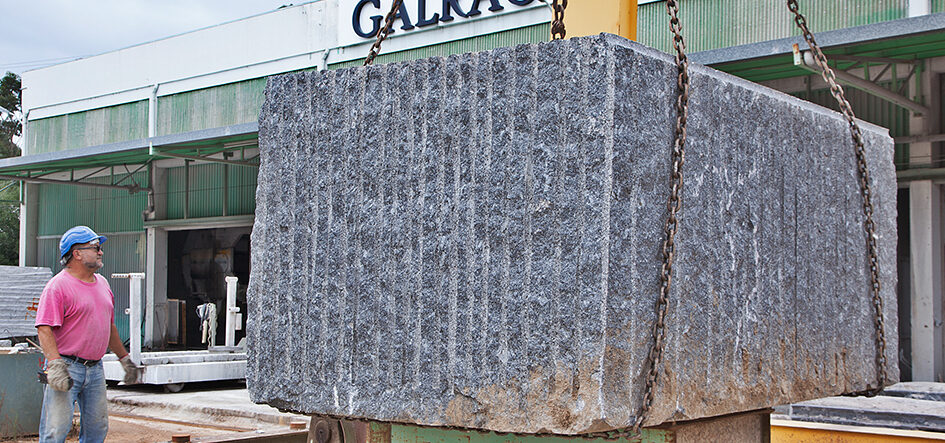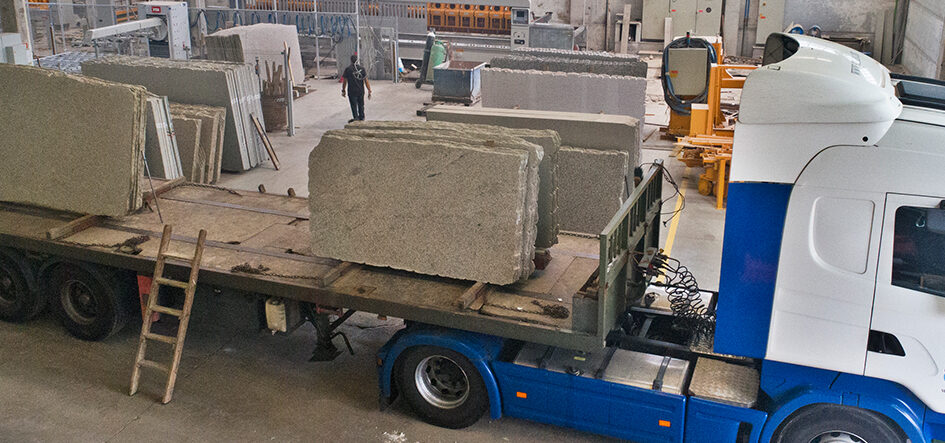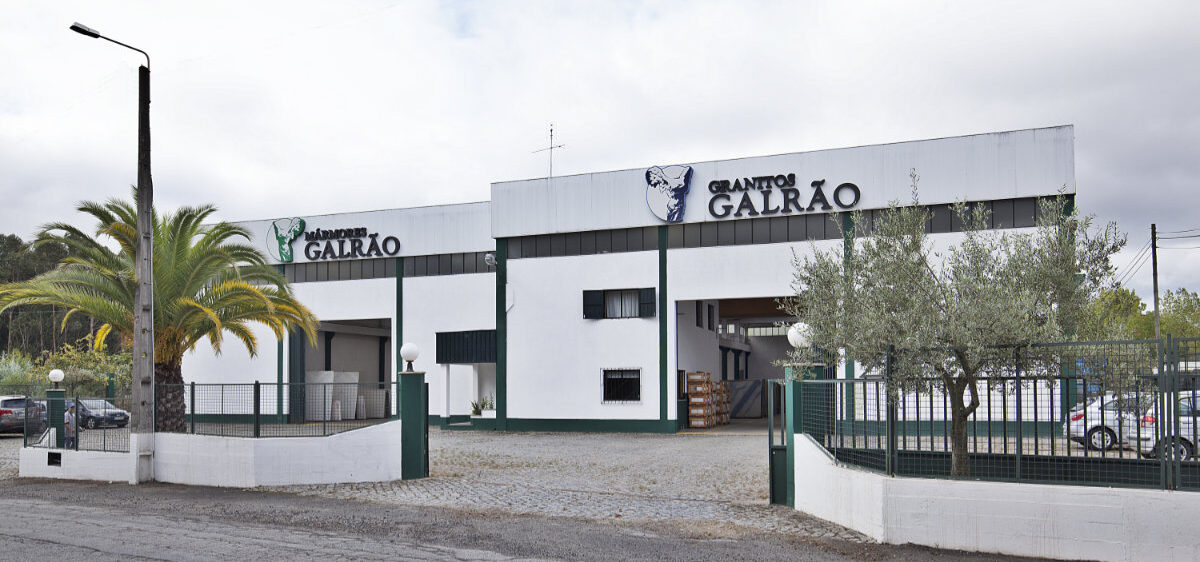We interviewed Carolina and Jeremy, founders of Atelier Backlar, following the completion of the refurbishment project of a flat in Príncipe Real, where our natural stone was used. The Verde Viana, Moca Creme, Preto Fóssil and Bluette stones were chosen to create unique pieces and clad the space. Jeremy Backlar highlights Portugal’s geological wealth and the experience of working with Galrão.
Since 2012, this duo, with experience in renowned design companies such as Jean Nouvel and Heatherwick Studio, have brought their innovative vision to Portugal. Atelier Backlar works on projects ranging from furniture design to urban planning, such as the renovation of Ponta Delgada’s Historic Centre. Their approach is based on researching local culture, typologies and craftsmanship, transforming these elements into modern designs.
We’ll explore how they integrate natural stone into their projects, especially in rehabilitation and modern design, and how their rigorous approach enriches each work.




Atelier Backlar was founded by Carolina and Jeremy Backlar in 2012. Tell us a little about your story and what inspires you.
Atelier Backlar was founded by Carolina, from São Miguel Island, and Jeremy, from California, in 2012. Having worked for international design firms such as Jean Nouvel in Paris, and then Heatherwick Studio in London, they came to Portugal to establish a design practice. Their work varies in scale, from furniture design to urban planning, such as the renovation of the Historic Centre of Ponta Delgada. Their design methodology uses research into local culture, typologies and craftsmanship as a basis for design, while transforming these elements into unique, modern designs.
Given your rigorous approach to design, how do you incorporate natural stone into your projects, especially in the context of refurbishment and modern design?
We are very lucky to work in Portugal, a country with such a beautiful geological variety and with great companies like Galrão that can work this material in countless ways that work so well both visually and in terms of functionality. Stone always plays an important role in our projects, and the more we learn about it, the more we can exploit its potential.


Can you share in general terms how you communicate with clients when they decide to use natural stone in their projects, taking into account their preferences and context?
Our clients are usually delighted with the incorporation of stone into their projects. Their preconceptions about the costs and complexity of using the material are usually wrong, but after some explanation, they are even more enthusiastic.
How was natural stone integrated into this refurbishment project in Príncipe Real? Can you share with us the process behind this choice?
We knew from the outset that we wanted to work with local stone, sourced from somewhere close to Lisbon, so we started by going to the Galrão quarry to see what was available and to understand the performance of the various stones. The density and uniqueness of Verde Viana was a natural choice for the washbasins, as it retains water well and stands out as the centrepiece of the bathrooms.
Moca stone was not a common choice for the bathroom walls and floors, but after understanding the techniques in the quarry to expose the veins, it worked very well as a background element, with a subtle variety of colours, giving a very natural touch to the spaces. Galrão cut the floor and wall slabs in opposite directions, so that when they were put in place they matched up and it felt like the whole bathroom had been carved out of a giant block of stone.
For the fireplace, we chose Fossil Black, which has such a rich visual history that it seemed like the right stone to place in the most social part of the house, to stimulate conversation.


What impact does natural stone have on the style and aesthetics of a residential project?
For us, using stone is like freezing a geological process and putting it on display for a functional purpose. It has a way of complementing a project and bringing a piece of nature into spaces, which harks back to very long periods of time.











































































